The Secret of Leonardo Da Vinci
A recent spate of books and articles have suggested that Leonardo Da Vinci was the leader of a clandestine society and that he hid secret codes and messages in his art work. Is this true? In addition to his role in history as a famous painter, scientist and inventor, was he also the keeper of some vast secret to be passed down through the ages?
Ciphers and Encryption
Leonardo was certainly no stranger to the use codes and encryption. His notes are all written backwards with "mirror" writing. It is unclear exactly why Leonardo did this. It has been suggested that he may have felt that some of his military inventions would be too destructive and powerful if they fell into the wrong hands, therefore he protected his notes by using this reversed writing method. Other scholars point out that this type of encryption was is fairly simple to break. One needs only to hold to hold the paper up to a mirror to read it. If Leonardo was using it for security, he probably was only concerned about hiding the contents from a casual observer.
Other researchers have suggested that he used this reversed writing because he found it easier. Leonardo was left-handed and this would have made writing backwards less difficult for him than for a right-handed person.
Recently Leonardo has been credited by many people with inventing a device dubbed a cryptex. A cryptex is a tube constructed with a series of rings with letters of the alphabet engraved on them. When the rings are turned so that certain letters line up to the cryptex's password, one of the end caps can be removed and the contents (usually a piece of papyrus wrapped around a glass bottle containing vinegar) can be removed. Should someone try and get at the message by smashing the device, the glass bottle will break and the vinegar will dissolve the papyrus before the message on it can be read.
As ingenious as this device is, and as much as it sounds like something Leonardo might have invented, the cryptex is a fictional device created by Dan Brown and credited to Leonardo in his popular book, The Da Vinci Code. There is no evidence that Leonardo actually conceived or built such a device.

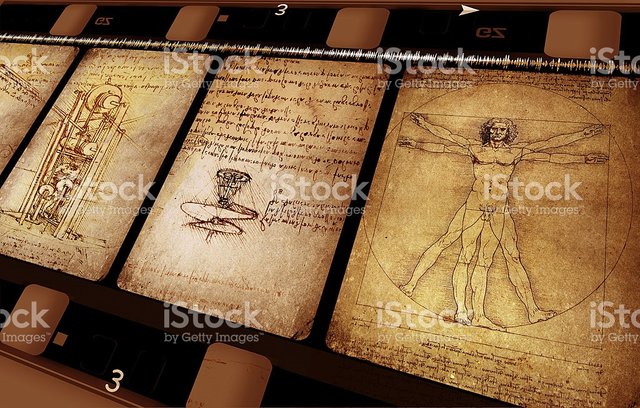
Mystery of the Mona Lisa
One popular idea is that Leonardo painted secret symbols or messages into his artworks. People have analysed his most famous painting, The Mona Lisa, and have found all kinds of hidden meanings and techniques in it. It is certain that Leonardo used some of his best artist's tricks to create the painting. Many people find the portrait's smile particularly haunting. They say it seems to change, even though the paint on the surface of the painting obviously does not.
Professor Margaret Livingstone of Harvard University makes the argument that Leonardo painted the edges of the portrait's smile so they would appear slightly out of focus. Because of this the edges of the smile are more easily seen by a person's peripheral vision rather than by looking directly at them. This may explain why some people report that the portrait seems to be smiling more when they are not directly looking at her.
Another theory proposed by Christopher Tyler and Leonid Kontsevich of the Smith-Kettlewell Eye Research Institute in San Francisco says that the smile seems to change because of variable levels of random noise in human visual system. If you close your eyes in a dark room you will notice that everything is not perfectly black. The cells in your eyes generate a low level of "background noise" (which you see as tiny light and dark dots). Your brain usually filters these out, but Tyler and Kontsevich suggest that when viewing the Mona Lisa, these little dots can change the shape of the smile. As evidence for their theory they imposed several random sets of dots over a picture of the Mona Lisa and showed them to people. Some of the sets made the portrait look very happy, others seemed to sadden it. Tyler and Kontsevich argue that the noise which is inherent in the human visual system has the same effect. As someone views the painting, the noise of their own visual system adds to the image and changes it, making the smile seem to change.
So what is the Mona Lisa smiling about in the first place? Through the years people have speculated that perhaps she was pregnant. Others have found the smile to be sad and have suggested she was unhappy in her marriage.
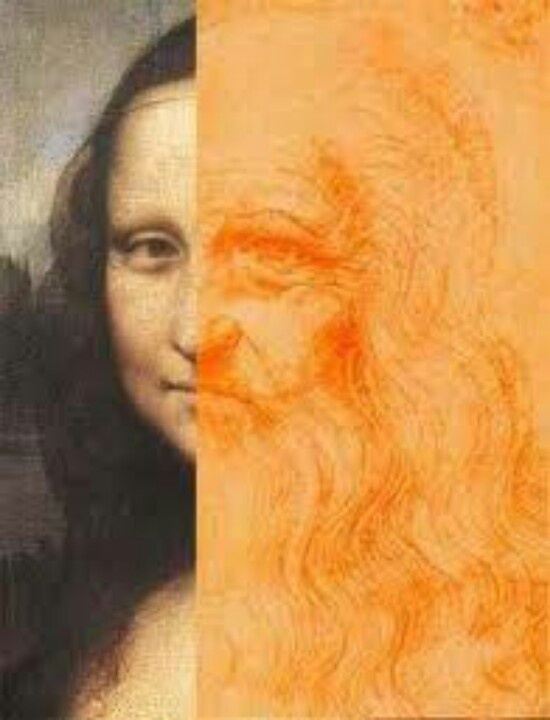
The Last Supper
Dan Brown in his popular thriller The Da Vinci Code suggests that Leonardo's The Last Supper has a number of hidden meanings and symbols. In the fictional story there is conspiracy by the early church to suppress the importance of Mary Magdalene, one of Jesus' followers (the story suggests - to the distress of many believers - that she was his wife). Supposedly Leonardo was the head of a secret order of men who knew the truth about Magdalene and attempted to preserve it. One of the ways Leonardo did this was to leave clues in his famous work in The Last Supper.
The painting depicts the last Passover dinner Jesus shared with his disciples before his death. Leonardo attempts to capture the moment when Jesus announces he will be betrayed and that one of the men at the table will be his betrayer. The most significant clue left by Leonardo, according to Brown, is that the disciple usually identified as John in the picture is actually Mary Magdalene. Indeed, a quick look at the painting seems to confirm this. The person to Jesus' right has long hair and smooth skin with what might be regarded as feminine features compared to the older, rougher-looking apostles around them. Brown also points out, through the characters in his story, that Jesus and the figure to his right together form the outline of the letter "M." Does it stand for Mary or perhaps Matrimony? Are these clues left by Leonardo about his secret knowledge?
Despite our first impression that the figure in the picture is feminine, the question is whether the figure would have looked feminine to a viewer of the era in which Leonardo painted it. Probably it would have not. John was considered to be the youngest of the disciples and as such he was often portrayed as being a beardless youth with soft features and long hair. We translate this today as being female, but back in Florence in the fifteen century, which was a different culture with different expectations of what it is to be feminine and masculine, that wouldn't necessarily have been the case. Leonardo was only one of a number of artists, including Ghirlandio and Andrea del Castagno, who pictured St. John in this manner. In his Treatise on Painting, Leonardo explains that characters in a painting should be depicted based on their types. These types might include a "wise man" or an "old woman" each with their own characteristics: beard, wrinkles, short or long hair. John as pictured in The Last Supper is a "student" type: A protégé who has not yet matured. Artists of this day, including Leonardo, would have portrayed this "student type" as a very young man with soft features just as we see in the painting.
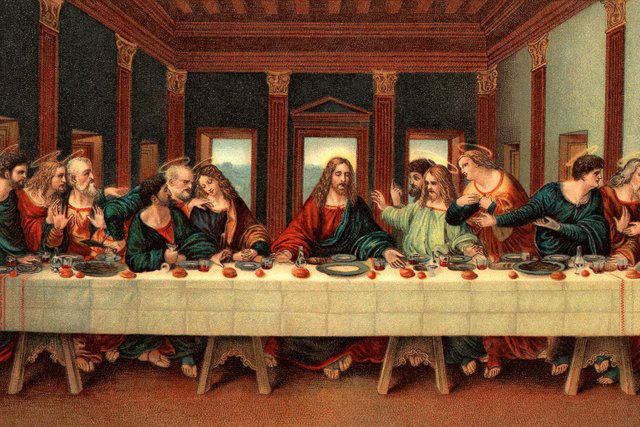
other works
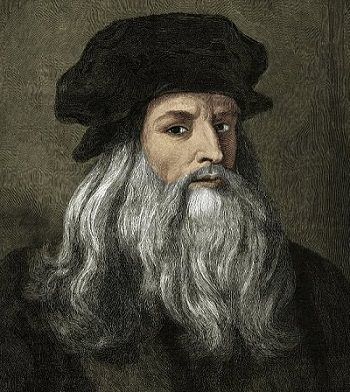
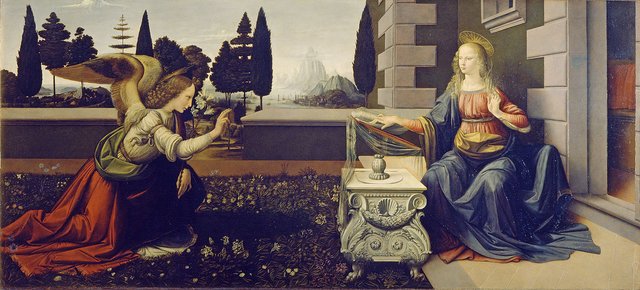
the source http://www.unmuseum.org/leocode.htm
Copying/Pasting full texts without adding anything original is frowned upon by the community.
Some tips to share content and add value:
Repeated copy/paste posts could be considered spam. Spam is discouraged by the community, and may result in action from the cheetah bot.
If you are actually the original author, please do reply to let us know!
Thank You!
More Info: Abuse Guide - 2017.
Hi! I am a robot. I just upvoted you! I found similar content that readers might be interested in:
http://www.unmuseum.org/leocode.htm
I think its publication is interesting because history should not be forgotten. remember that historical moments and events are those that make us today what we are or what we have achieved as a society, so that some nefarious events do not happen again.
In this case, his publication tries to learn and teach us the forgotten history of a great character like Leonardo Davinci.
I invite you to visit some small notes that I have uploaded and to follow me on my channel